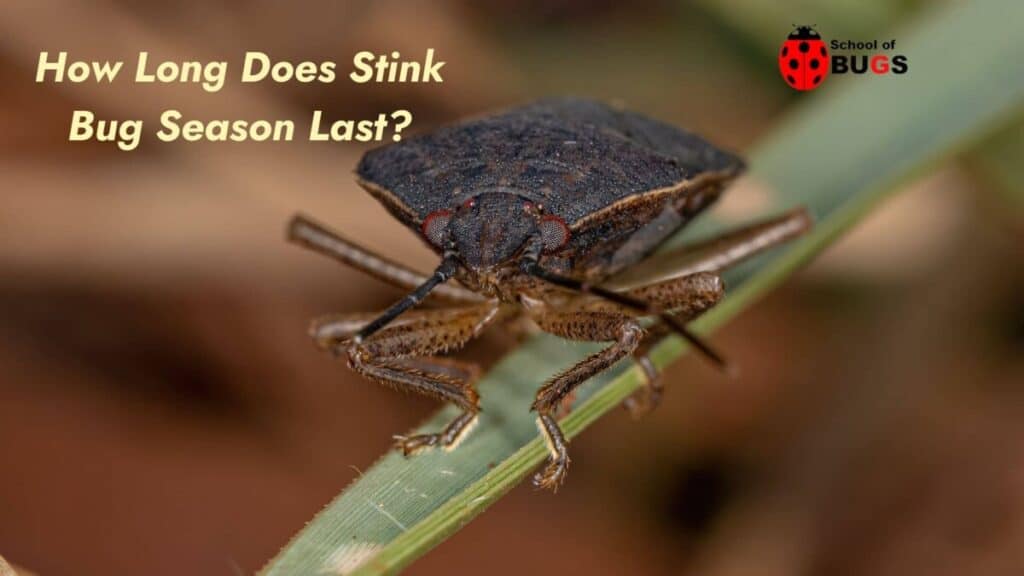
Most people can recognize a stink bug, or at least have heard of them. Stink bugs have a characteristic triangular shape and a noticeable brown color that makes them easily identifiable in most suburban areas.
What most people might not understand is how those pesky bugs wind up in their homes every fall and winter, and what exactly they are doing there in the first place.
Stink bugs tend to migrate into people’s homes and other warm areas when the weather starts to turn cold. These winter months are typically referred to as stink bug season because it’s the time of year when most people encounter the critters and must deal with the stink bug invasion.
This article will discuss why stink bugs venture into your home every winter and explain what the weather has to do with it!
Key Points
- Why is stink bug season in the fall and winter?
- What does the weather have to do with stink bug season?
- Who sets stink bug season?
- Should stink bug season matter to you?
What Does Weather Have to Do with Stink Bug Season?
Stink bugs come in many different shapes and sizes and include around 5,000 unique species in what is called the “true bug” order of Heteroptera.
They get their name from the pronounced foul odor they produce, which is especially noticeable when they are crushed or squished.
This odor is not only unpleasant but calls other stink bugs to their location and can create a foul taste when left behind on plants or crops.
To understand why stink bug season is so related to the weather, it will be necessary to understand a little bit about stink bugs themselves.
These clever bugs come in a combination of colors, with the most common being brown, green, and slightly metallic.
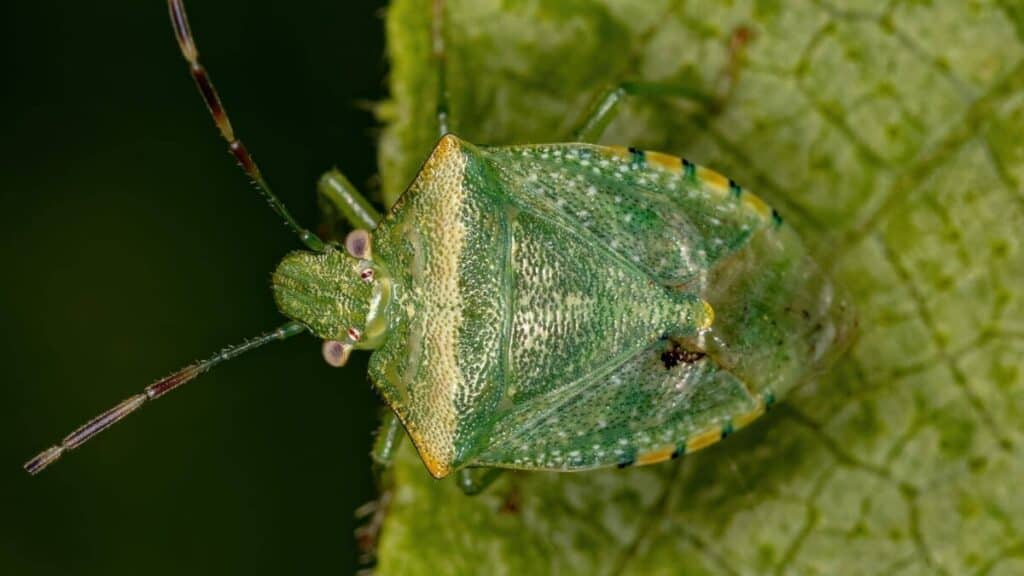
They may range in shape and size and are typically oval-shaped and have a slightly flattened, or convex, appearance.
The color and shape of stink bugs serve as a kind of camouflage when they’re outdoors because they are commonly found on the bark of trees, in foliage, or tall grasses.
These bugs, or pests as is more accurate, do incredible damage to crops and natural flora. They can cause discoloration of the leaves of fruits or vegetables while they feed on the plants, and they will also feed on other insects, which can upset the ecosystem of an area.
Stink bugs generally mate and reproduce during the spring and summer months, when the temperature is warm and there is a lot of moisture in the air.
A female stink bug can lay over 500 eggs during its lifetime and will produce eggs several times over the course of a single year. They typically live between six and eight months and reproduce for most of that time.
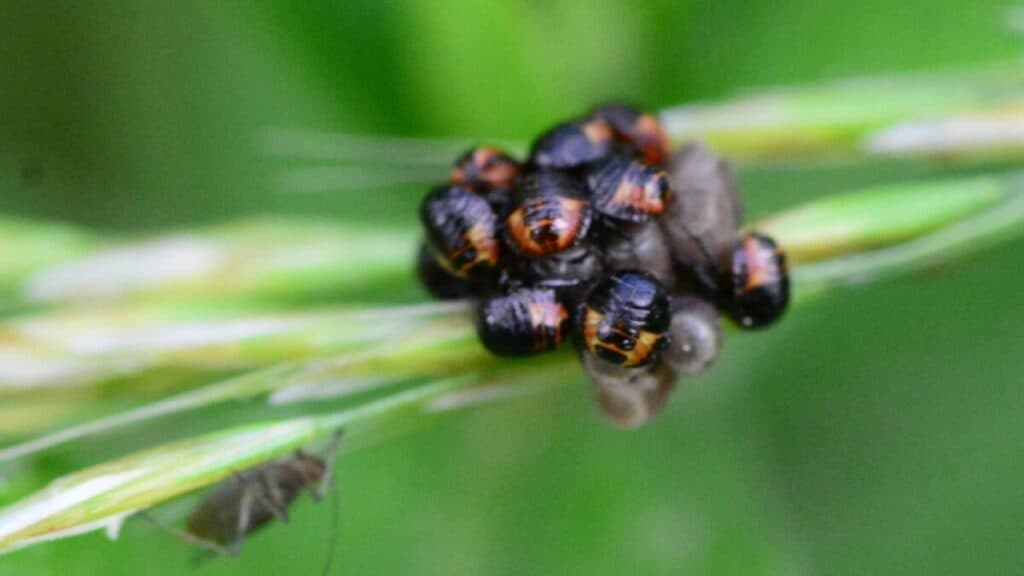
Young stink bugs have a different appearance than fully developed adult stink bugs, and because of their reddish-orange and black spots, are often mistaken for ladybugs.
Once they are fully grown, which takes around five months after hatching, they develop their full-sized wings and can fly – much faster than they crawl.
Stink bugs are very prominent in wooded or grassy areas, especially when located near a water source. They also tend to reproduce faster when the weather is rainy and damp or during the warmer summer months when heat and humidity are combined.
Why is Stink Bug Season in the Fall and Winter?
For most insect species or species in general, the “season” usually refers to the mating or birthing season, when the population of said species is at its highest.
However, stink bug season takes place during the fall and winter months, when the weather turns colder, and these pesky creatures start to wander inside.
This is because stink bugs hibernate when the weather turns cooler! And not only do they hibernate, but they will actively seek out warm, dry places to hang out until the weather turns warmer again.
That’s why you may start to notice stink bugs just hanging around your home during the winter season – they’re just looking for somewhere to sleep away during the cold months.
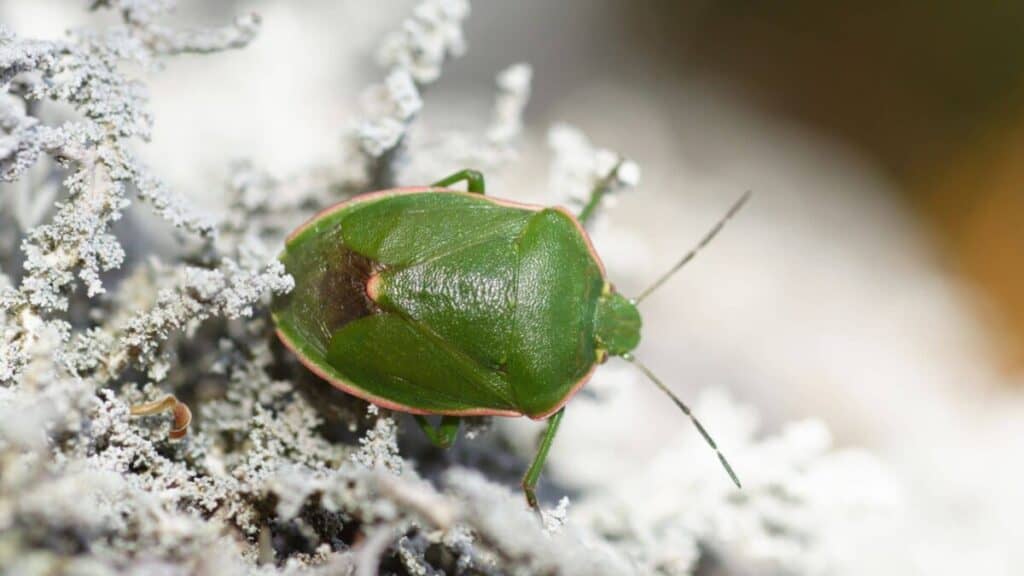
This tendency to seek warm, protected locations is pretty consistent across geographic regions, even in areas where the temperature stays fairly warm all year long. Even a slight drop in temperature is enough to send stink bugs running for cover.
Stink bugs go through a process called diapause during the winter months. They will migrate indoors or into protected areas and then go into a sort of dormant state, or hibernation.
That’s why it’s not uncommon to discover one or two stink bugs in your home that almost seem to be dead.
They will stay in the same place for a very long time, because they have gone dormant to sleep away the cold winter months, and then awake again in the springtime – just in time to reproduce before their short life cycle is ended.
The process of diapause is a complex one and can look different in varying species of stink bugs. One study found that the majority of stink bug species hibernate, or “overwinter,” when they have fully grown as adults, while a few species will do so during their nymph and egg phases.
The good news is that most stink bugs can only perform this mechanism once during their life cycle.
Who Sets Stink Bug Season?
The usual stink bug season occurs between September when the temperatures start to drop and the following April when those temperatures begin to rise again.
The reason that stink bug season is tracked so closely is because of the extreme amount of damage that these pests can do when they invade cargo, no matter how that cargo is transported.
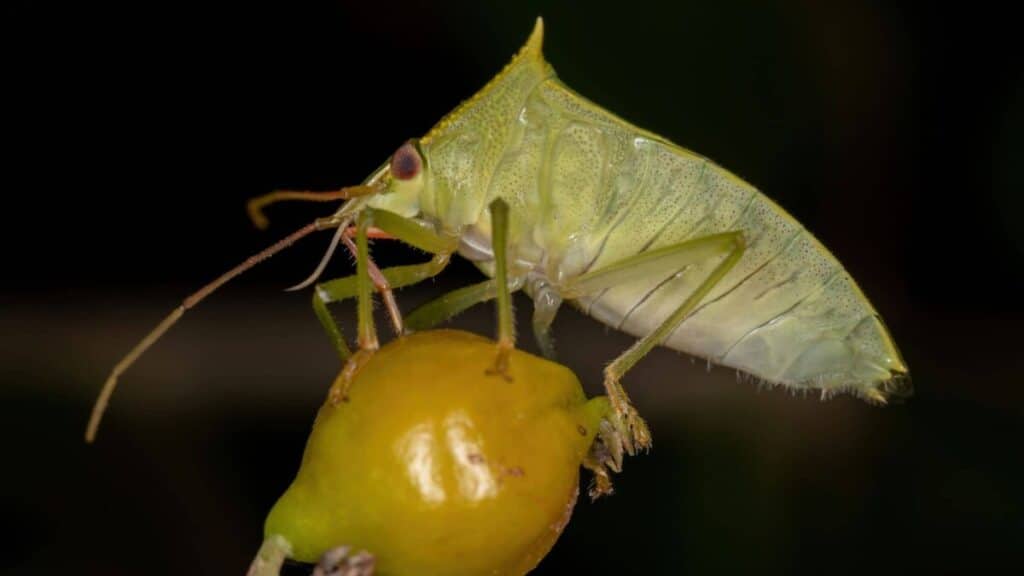
The stink bug originated in Asia, but because these insects are such good hitchhikers, they are now present in 40 countries around the world.
In the U.S., stink bugs were originally discovered in Pennsylvania, and according to legend, were transported to the southern states as a way to combat the invasive potato bug.
Unfortunately, the tactic didn’t work, and instead of helping the problem only created more issues for farmers.
While this story is unfounded and mostly a folk tale from locals in the area, what is true is this: stink bugs are now present in many U.S. states, from the eastern portion of the country across the Midwest, down toward the southern states, and even as far as the Pacific coast.
The official stink bug season is determined most often by the vessel and cargo industry, or by local agricultural or forestry departments in some countries.
During stink bug season, extra precautions are taken by officials around the world to prevent the accidental transfer of stink bugs in cargo shipments.
This might include extra inspections and prevention methods that help to detect and eliminate stink bugs before they become an issue.
The shipping industry can potentially suffer enormous financial damage if stink bugs invade cargo shipments with perishable goods inside, like fruits and vegetables.

The stink bugs do tremendous damage to these products, leaving them with a foul taste and an unpleasant appearance that makes them virtually unsalable once they arrive in port.
Should Stink Bug Season Matter to You?
If you are a homeowner or property owner, then it’s likely that you have encountered a stink bug or two in your time.
These pests are not generally harmful to humans. They don’t bite or sting and are not poisonous. However, if you squish a stink bug and get some residue on your skin, it can cause mild irritation and a burning sensation.
What’s more problematic for homeowners is trying to figure out how to rid themselves of stink bugs once they have been discovered.
It’s unfortunate, but these pests can multiply very quickly and overrun a residence in a short time. Squishing them is out of the question, because not only will it smell terrible, but it will alert other stink bugs and draw them to the scent.
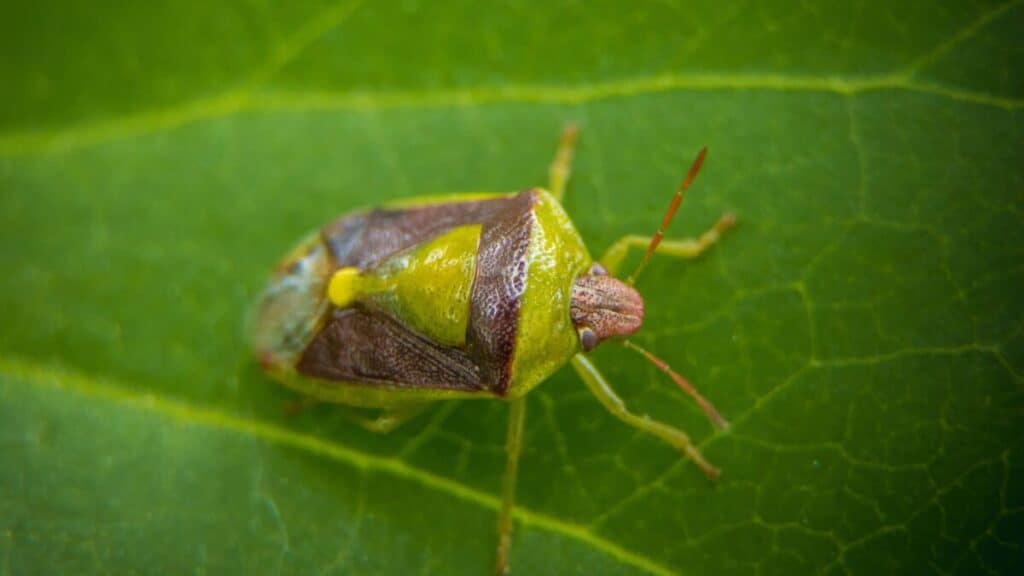
Instead, property owners will have more luck using preventative measures to stop stink bugs from entering a building in the first place.
Stink bugs gain entry through tiny cracks and crevices in a building, through broken window screens or unsecured doorways.
The best way to keep stink bugs out of your home or business is to make sure they can’t get inside, to begin with.
You can check windows, doors, and other entry points for possible breaches. Replace broken window screens and add extra caulking around frames.
Frequent vacuuming can also help cut down the number of stink bugs if they are already present in your home. It can also help to keep weeds and tall grass surrounding your home under control.
Conclusion
Stink bugs can be problematic, especially if they’re allowed to grow into large populations. Stink bug season is put in place as a way to protect the natural flora and fauna of native ecosystems by preventing the spread of these invasive insects through cargo shipments and transported goods.
With careful detection methods and preventative measures, the hope is that the stink bug population can be kept under control.
If you have a stink bug problem that has grown out of control, you can try your own preventative measures and home maintenance to try to reduce the problem.
However, if the issue has already gotten out of hand or these methods don’t work, it might be necessary to contact a professional exterminator or pest control company to handle the problem for you.
Alright, that’s it for this article, here are a few hand-selected articles that you might also find interesting reads:
Are Stink Bugs Dangerous? – Bites, Property Damage, and More!Stink Bugs Without Food – How Long Do They Last?
Are Stink Bugs Poisonous? – Well, It’s Complicated
Recent Posts
Tiny Black Bugs in Bathroom NO WINGS: What They Are and What to Do!
Finding tiny black bugs in your bathroom can be uncomfortable, to say the least. Especially if they are persistent, or they appear in very large numbers, which they often like to do. When it...
Tiny Black Bugs in Plant Soil - What Are They & What To Do About It
A short horror story: You get a new houseplant. You do your best to take care of it. You’ve ensured that it has the right soil, the right amount of sun, it gets enough water. And then one day, you...

